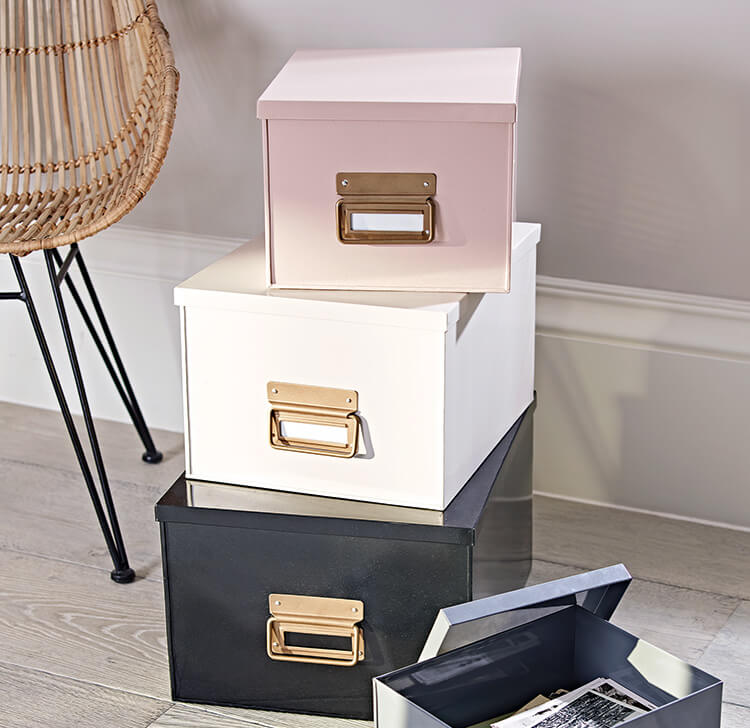If you’re moving house, you have probably started to envision what your new home will look like.
Planning the layout of each room, as well as how you will decorate, is exciting especially since your new home will act as a blank canvas.
However, after the arduous – not to mention expensive – endeavour of moving, you will most likely be strapped for cash. As such, you need to be efficient and smart when designing the interior of your new house to avoid any outlandish expenses.
So how do you approach the interior design aspect of your new home when you are moving? Here are a few tips to make sure your new home will be looking fantastic without spending too much.
Take stock of what you own
One of the first things to do is to take a good, hard look at the furniture and accessories you have right now.
In the build-up to your move, you should carefully choose which items you will be bringing with you to your new home and which ones to donate or get rid of.
Create a list of the pieces that you’ll transport so that you can easily determine which items to purchase to complete your interior design vision.
Also, reducing the number of items to deal with can make it easier to plan your new home’s interior. Before throwing everything into the removal van, be selective about the furniture you’ll bring, to bring clarity to your planning.
Image Source
Reuse and repurpose
Now that you have figured out what is absolutely necessary at your new place, it’s time to get creative.
Some of your old furniture could benefit from being placed in non-traditional spaces. Don’t be afraid to mix and match pieces to achieve the look and feel you want.
For example, a comfy chair that was in your living room might work better in a reading nook or bedroom in your new home.
Additionally, you can reinvigorate some old pieces by adding a new coat of paint or finish. Perhaps an old wooden cabinet or dining table will add a bit of rustic charm to your new home, if you just apply a new coat of finish or paint.
Your new home is a fantastic chance to reimagine the roles of your old furniture. This is perfect for when you want to mix older, traditional pieces with modern items at your new home.
Image Source
Splashes of colour
Image Source
For certain rooms, you might want to transform the feel of the area. For example, your living room may be looking dreary and dull or you may want to properly set up a home office.
In these circumstances, introducing a new colour will help achieve the results you desire.
Paint the walls to give a new energy to the room. Bright yellow brings about positivity while bold green or blue can revitalise the atmosphere.
A neutral colour palette is great for aiding in concentration and light shades foster a relaxed and calm mood—perfect for the bedroom!
Of course, painting a whole room might not be feasible so instead, try placing colourful furniture or accessories for the same effect. Small tables, throws, cushions, plants, and even books on a shelf are easy ways to add colour.
Timing is everything
Image Source
If you are planning on making some big changes, you should consider completing these projects before you move in.
Big tasks such as having a new wooden floor fitted or putting in marble countertops are easier if the house is empty. If possible, get access to your new home before you move in to get a head start on your designing endeavours.
Also, after you have successfully moved in and have your furniture set up, take your time in examining the arrangement. Live with your initial layout for a while to see what furniture placements you like.
Carefully look around and try to view your room from angles you normally would see. Imagine yourself as a visitor who has not grown accustomed to the layout. This is incredibly useful when determining what pieces to replace.
Keep in mind that getting your house looking the way you want takes time. It’s unreasonable to expect that your new home will be set up immediately after a move. It is a slow process that requires a lot of trial and error so don’t rush!
